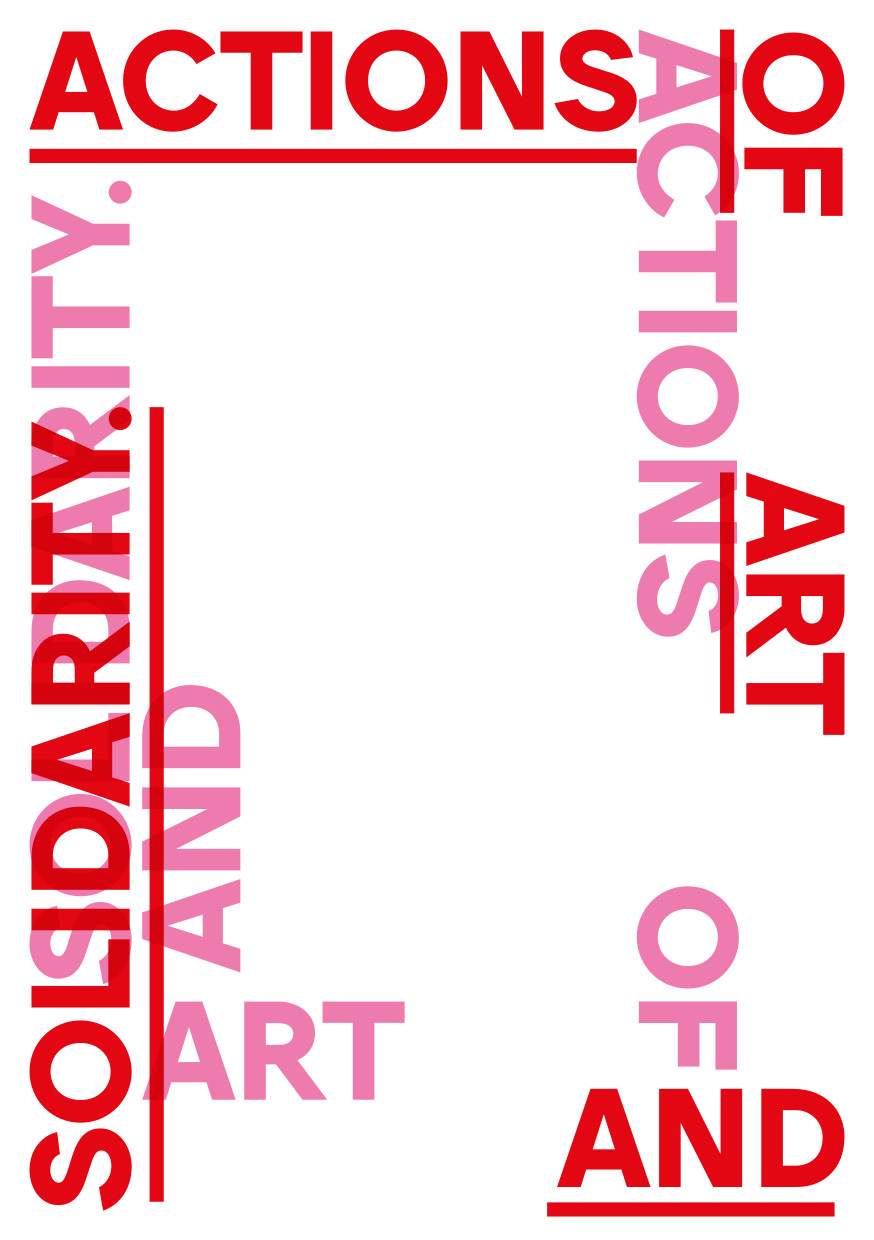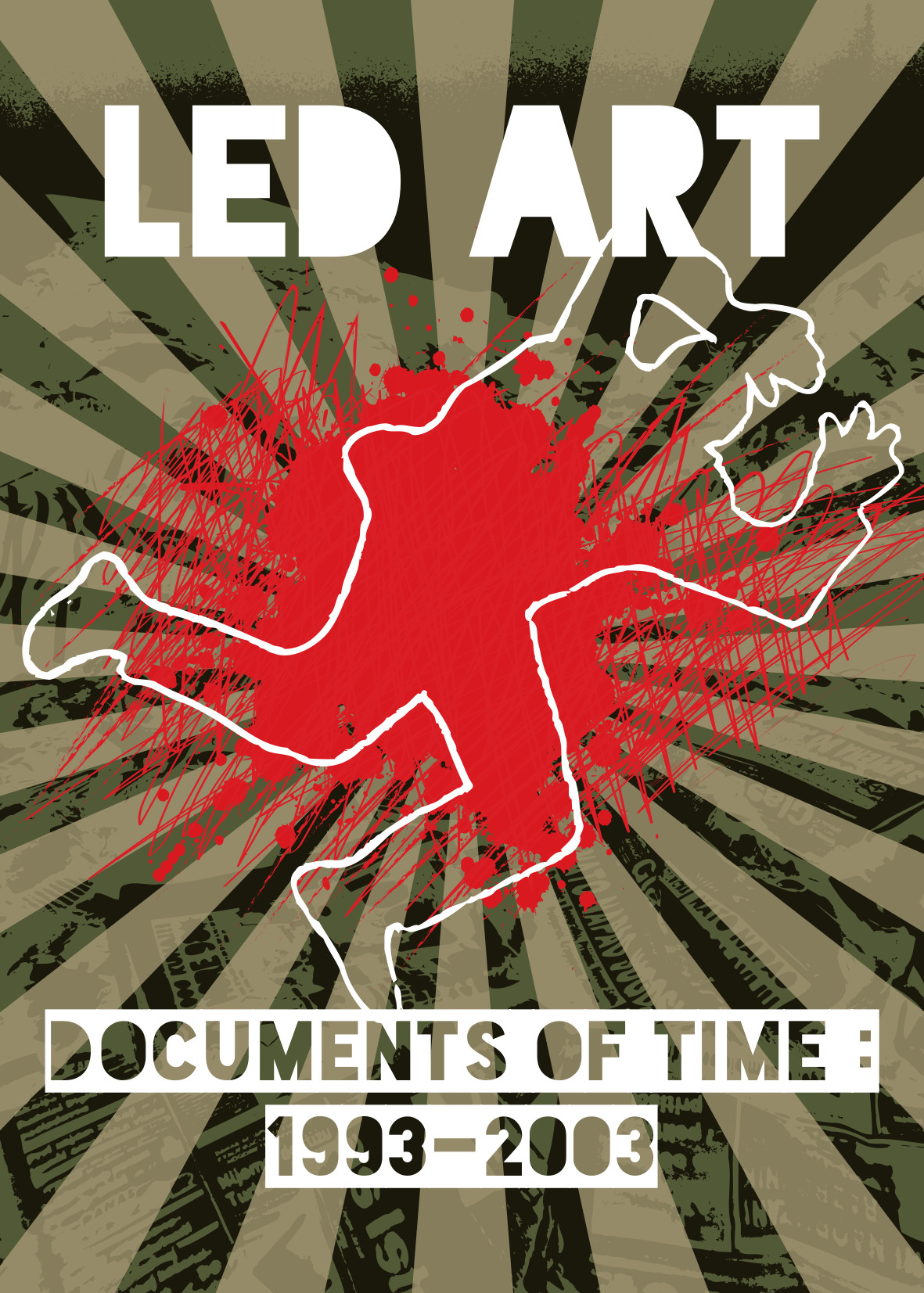Jonas Staal: Propaganda Art in the 21st Century (2019)
Filed under book | Tags: · art history, artistic research, avant-garde, democracy, modernism, performance, politics, power, propaganda, totalitarianism, war on terror

“Propaganda art—whether a depiction of joyous workers in the style of socialist realism or a film directed by Steve Bannon—delivers a message. But, as Jonas Staal argues, propaganda does not merely make a political point; it aims to construct reality itself. Political regimes have shaped our world according to their interests and ideology; today, popular mass movements push back by constructing other worlds with their own propagandas.
Staal shows that propaganda is not a relic of a totalitarian past but occurs today even in liberal democracies. He considers different historical forms of propaganda art, from avant-garde to totalitarian and modernist, and he investigates the us versus them dichotomy promoted in War on Terror propaganda art—describing, among other things, a fictional scenario from the Department of Homeland Security, acted out in real time, and military training via videogame. He discusses artistic and cultural productions developed by such popular mass movements of the twenty-first century as the Occupy, activism by and in support of undocumented migrants and refugees, and struggles for liberation in such countries as Mali and Syria.
Staal proposes a new model of emancipatory propaganda art—one that acknowledges the relation between art and power and takes both an aesthetic and a political position in the practice of world-making.”
Publisher MIT Press, September 2019
ISBN 9780262042802, 0262042800
230 pages
Interview with author: Pierre d’Alancaisez (New Books Network, 2021, podcast).
Reviews: Christoph Chwatal (Third Text, 2020), Hailey Maxwell (The Drouth, 2020), Joerg Bader (Critique d’art, 2019, FR).
PDF, PDF (12 MB, updated on 2024-4-23)
Comment (0)Actions of Art & Solidarity (2021)
Filed under catalogue, virtual exhibition | Tags: · art, environment, politics, solidarity

“Actions of Art and Solidarity presents 76 works by artists, activists, collectives and thinkers from around the world, including Norway, catalysing cultural, socio-political and environmental solidarity across different geographies and contexts from the 1950s to the present day. Looking back in time and forward into the future, the exhibition displays artists’ extraordinary ability to narrate and build empathy around fundamental global conflicts and injustices, and provide the radical imaginaries of care and solidarity that can stimulate their resolution. The venue, Kunstnernes Hus (The Artists’ House, Oslo) has a symbolic value, since the institution has played a recurrent part in Norway’s own contribution to artistic solidarities – from presenting Pablo Picasso’s Guernica in 1938 during its international solidarity tour, to organising exhibitions of solidarity with other parts of the world. The exhibition also presents central instances of Norwegian solidarity artistic practices, as well as new works especially commissioned for the exhibition.
The case studies included in the exhibition have been sourced across four continents, and cover a 70-year time span of artistic creativity. The exhibition proposes that the solidarity imaginaries expressed by art works, and embodied by specific artistic actions, are always the outcome of the extensive processes of artist-led care-building that precede and succeed them. Moreover, it is those very networks of personal connectivity and empathy created by artists over time around a particular issue (in alliance and in friendship with everyday citizens and activists) and configured within their art works of solidarity, that inspire society at large to imagine life differently and step-forward in ways that generate profound transformation.”
Curated by Katya García-Antón with Liv Brissach, Itzel Esquivel, Drew Snyder and Aban Raza
Publisher Kunstnernes Hus, Oslo, January 2021
55 pages
Led Art: Documents of Time: 1993-2003 (2020)
Filed under book | Tags: · 1990s, art, politics, protest, serbia, social movements, socially engaged art, war, yugoslavia

“In an extraordinary socio-political turmoil that shoved Yugoslavia into a war and complete international isolation during the 1990s, activity in culture and the arts was one of possible ways to survive and not be drowned in cataclysmic reality. Under those circumstances, in 1993 painter Nikola Džafo has found Led Art (Ice Art) group. Its projects bear the epithet of engaged art that resisted the regime of Slobodan Milosevic. Led Art gathered more than 300 individuals in close to fifty projects during the ten-year activity period: artists, sociologists, art historians, journalists, scientists. This book covers the activities of the group and the chronology of the social and political events in the former Yugoslavia.”
Translated by Goran Mimica and Svetozar Poštić
Publisher Multi-media center Led Art, Novi Sad, 2020
ISBN 9788690537570
254 pages
via Struron
PDF (23 MB)
Comment (0)
